
OR
#Kathmandu Valley’s Water Woes
Water, water everywhere but no water to drink!
Published On: August 25, 2023 06:30 PM NPT By: Himal Lamsal
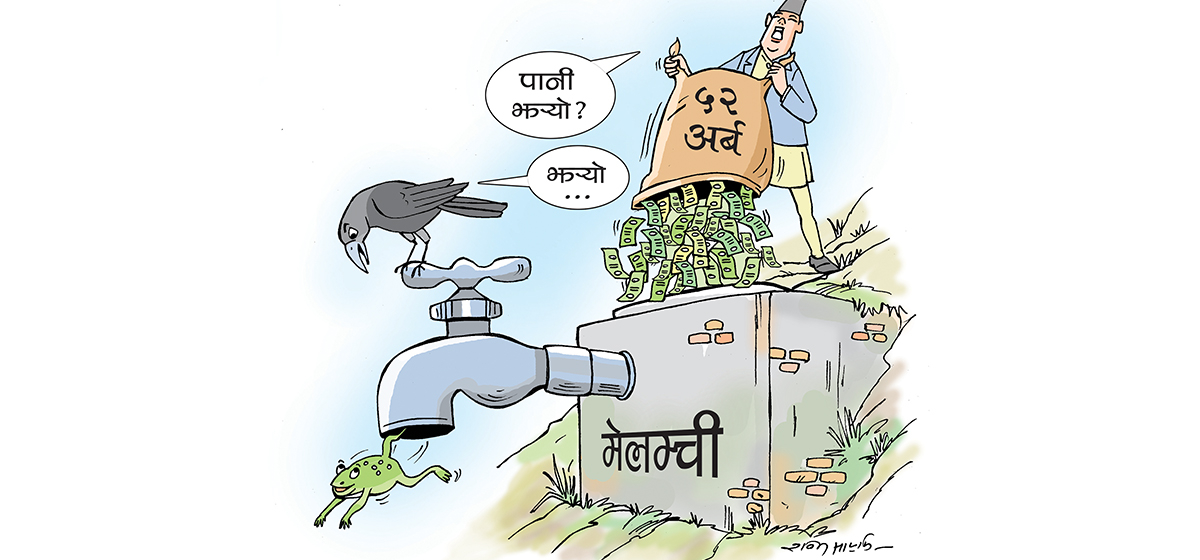
Uninterrupted supply of drinking water is uncertain even after the government spent over 52 billion on the Melamchi project in the past 30 years. Government officials say the project still needs an additional Rs 4 billion.
KATHMANDU, Aug 25: Due to the risk of floods in the rainy season, the Melamchi water supply project remains closed since mid-June, deepening the water supply crisis in the Kathmandu Valley. Even though there is water everywhere in the Kathmandu Valley as it has been raining for the past several days causing flooding of rivers and unorganized drainage, the residents of the valley are facing a shortage of safe drinking water.
According to the officials of the Melamchi project, the water tunnel has been closed because rainstorms and runoff can damage the headworks. The valley, which has a total demand of 470 million liters of drinking water per day, gets a supply of only 220 million liters even during the rainy season from the Kathmandu Upatyaka Khanepani Limited (KUKL). At present, KUKL is providing between 210 million and 220 million liters of water daily from both underground and surface sources of water. According to Prakash Kumar Rai, manager and spokesperson for KUKL, the drinking water body is providing 160 to 170 million liters of water from conventional water sources and an additional 55 million liters from Sundarijal and other areas.
Melamchi: A tale of three decades
The residents of the Kathmandu Valley have waited for three decades to receive a reliable supply of enough drinking water from the Melamchi Drinking Water Project. In mid-March 2021, some valley residents received Melamchi water on the taps. But their dream of a year-round supply of safe drinking water from the Melamchi project still remains unfulfilled.
The floods and landslides in Melamchi in mid-June and mid-July 2021 caused great damage to the headworks areas of the project. Because of this, even now the water of Melamchi comes only for a few months during the winter season and due to the risk of landslides and floods, the drinking water could not be provided regularly during the rainy season.
Two years have passed since the devastating floods in the Melamchi River, but the government has not yet been able to provide a permanent solution to the problems in the headworks area. The then ministers and prime minister, who were too quick to inaugurate and start the Melamchi water distribution, are now dilly-dallying to find a permanent solution to the problem at the Melamchi headworks.
A geological study conducted by the Asian Development Bank (ADB) has also submitted a report that the headworks area of the Melamchi project should be shifted to another place, but the government has not yet taken the necessary decision on replacing the headworks location and building the tunnel.
Rajendra Prasad Panta, a senior divisional engineer of the Melamchi Drinking Water Supply Development Committee, said that according to ADB's study report, the previous headworks should be moved about 400 meters to 500 meters higher than Ambathan, but the necessary decision has not been made.
“The ADB has suggested that a tunnel should be relocated about 400 meters to 500 meters from Ambathan, where the current headworks is located, and a headworks should be constructed at a place called Sarkathali,” he said, “It seems that about Rs 3 billion to Rs 4 billion will be spent for constructing this, but the government has not yet taken the necessary decision on this matter.” The recommendations of the report given by the ADB will be implemented only after the approval of the Melamchi Water Supply Development Committee and then by the Ministry of Water Supply. “Earlier, the right to make such a decision was with the Development Committee. But now this right is not in the hands of development committee,” said Senior Divisional Engineer Panta, “Melamchi Committee Board is not as strong as before,” he said, “Now, it is not easy to decide solutions to end problems of long-term just by the committee's will.” According to the committee, the main tunnel has to be extended by 400 meters to 500 meters. Similarly, infrastructure including the structure of new headworks and the road leading to the headworks area have to be built.
Senior Divisional Engineer Panta said that even though the committee does not have sufficient budget and resources, it is difficult to carry out additional works.
Panta said that the latest flood which occurred in mid-July has also damaged the temporary dam area at Ambathan in Melamchi. “The structure of the headworks area has also been damaged. Therefore, it is not possible to carry out work in the long-term with these headworks,” he said. “Last year, the structure that was prepared to supply water from Melamchi by making a temporary dam has already been damaged by the floods and landslides that occurred in mid-July.”
Panta said that after the end of monsoon, clean water will flow in the Melamchi River. After that, by preparing a temporary structure, efforts will be made to supply water to the valley in the winter season. The Melamchi Drinking Water Project was divided into two parts. Melamchi's 26 km tunnel, headworks, Sundarijal water treatment plant and compensation of land and damages were being done by the Melamchi Water Development Committee.
After Melamchi's water arrives at Sundarijal, the KUKL Project Implementation Directorate (PID) has been working on the necessary water tanks and distribution for water in the valley. The then Prime Minister Krishna Prasad Bhattarai had shown the dream of supplying drinking water from the Melamchi to the residents of the valley in 2047 BS. The state has so far spent more than Rs 52 billion for the Melamchi Water Supply Project.
The PID of KUKL has already spent more than Rs 22 billion for the construction of 10 water tank processing centers and distribution lines with a capacity of 7.4 million cubic meters in the Kathmandu Valley. The PID has prepared 76 km for bulk distribution line and 1122 km of distribution network to distribute Melamchi water in the valley. Out of the 1,132 km distribution network in the first phase, more than 1,122 km of pipelines have been laid so far.
Rajendra Sapkota, director of the PID, claimed that if Melamchi water is available, the testing of the first phase of the water line will be completed by March 2024. “If water from Melamchi is available, we are targeting to complete the testing work by March 2024,” he said, “Our testing work will be based on the availability of water.”
Director Sapkota said that even if the government does not provide enough budget, it is difficult to work. KUKL-PID has completed works on 15 out of 33 distribution metering areas so far. The PID started the distribution line of drinking water in the valley in 2069 BS. When the first and second sections of the Melamchi Project are ready, 510 million liters of water can be supplied to the valley every day. In the first phase, 170 million liters of water will be supplied from Melamchi and in the second phase, 340 million liters of water will be supplied from Yangri and Larke.
According to the KUKL, about 20 percent of the water is leaking now. Prakash Kumar Rai, manager of KUKL, said that due to lack of water from Melamchi during the rainy season, water could not be distributed in sufficient quantities to the residents of the valley. “In spite of our wish, we are not able to distribute water according to the demand of the valley residents,” he said, “The KUKL has been distributing water according to a schedule. Due to water pressure in the areas near the water tank and the water surface, supplying water has been relatively quick while there is problem for supplying water in other areas.”
As of fiscal year 2022/23, the KUKL supplies water to 254,712 households. About 11,103 households were added last year. There is a provision that the KUKL can collect a fee of Rs 100 from customers who consume 10,000 liters of drinking water per month. Customers who consume more than 10,000 liters of water per month are being charged additional amounts. The KUKL has been distributing drinking water to more than 160,000 consumers through the old distribution system.
You May Like This
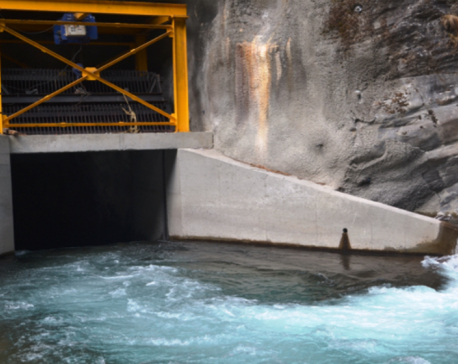
Melamchi drinking water project repair works reach final stage
SINDHUPALCHOK, Jan 4: The repair work of the Melamchi drinking water project has reached its final stage. The destructive flood... Read More...

Flash floods likely in rivers in Kathmandu Valley
KATHMANDU, July 13: The Nepal Flood Alert, an official account of the Department of Hydrology and Meteorology (DHM), has warned... Read More...
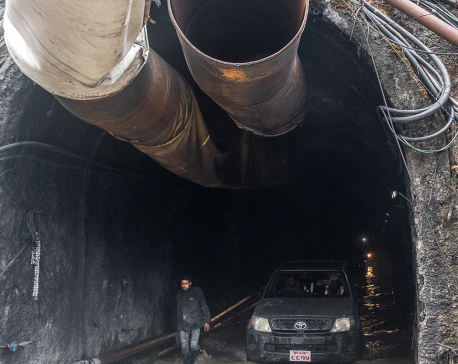
Tunnel breakthrough brings Melamchi water a step closer to Kathmandu
KATHMANDU, April 13: With the completion of the excavation of 26-km tunnel, the much-awaited supply of drinking water as part of... Read More...



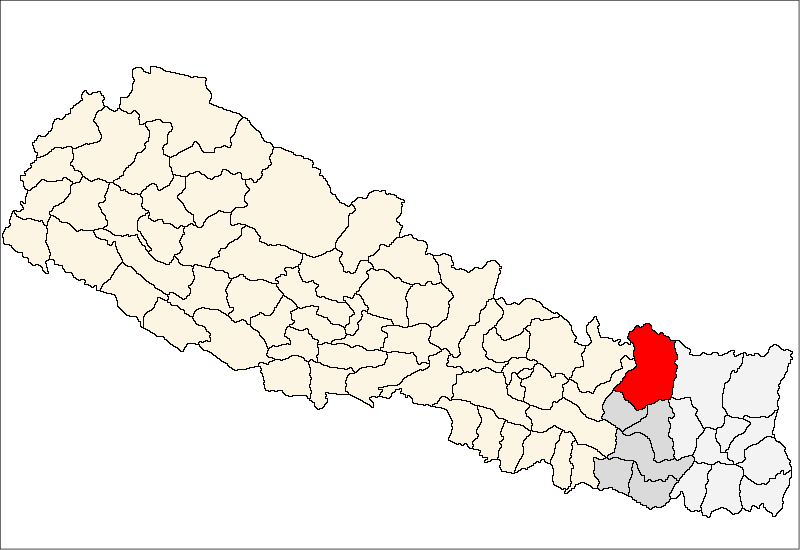

Just In
- NEPSE gains 14.33 points, while daily turnover inclines to Rs 2.68 billion
- Tourists suffer after flight disruption due to adverse weather in Solukhumbu district
- Vote count update: NC maintains lead in Ilam-2
- NAC's plane lands at TIA after its maintenance in Israel
- Indian Ambassador assures of promoting India's investment in Nepal
- Freak accident involving self-made pistol leaves young man injured in Banke
- Global Shapers Community Kathmandu set to host second edition of Global Talk Series
- CNI President Agrawal highlights Nepal's conducive investment climate at Investment Summit






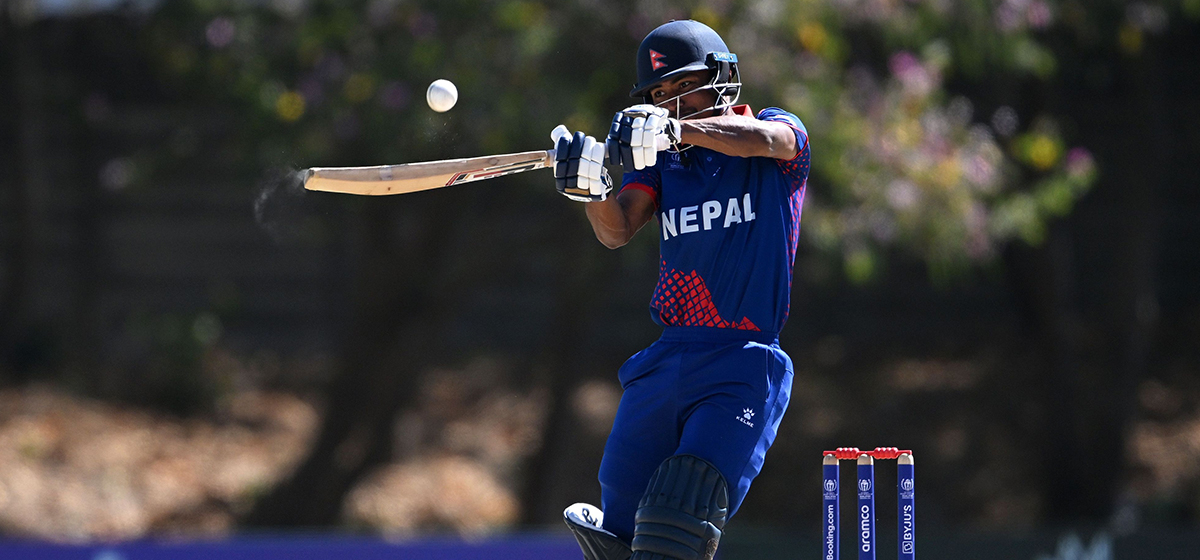



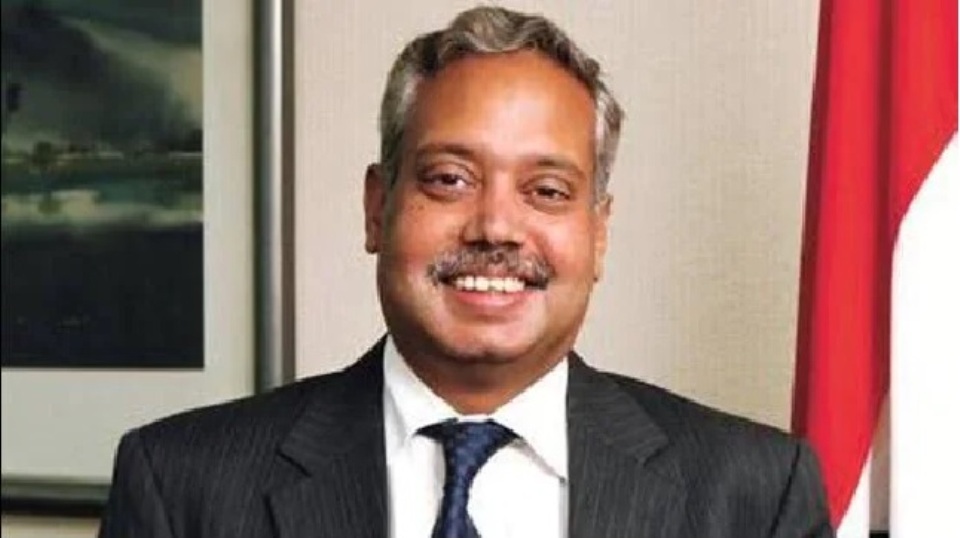


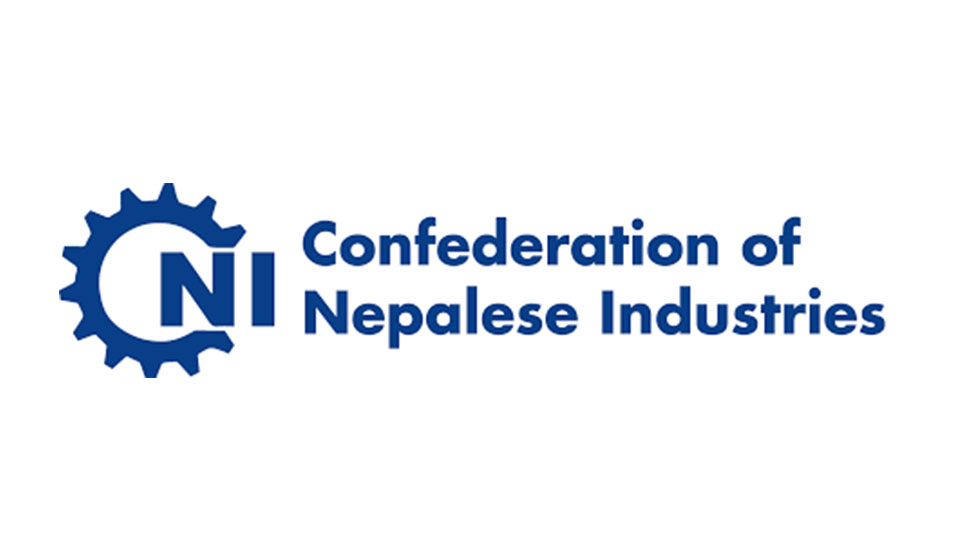
Leave A Comment